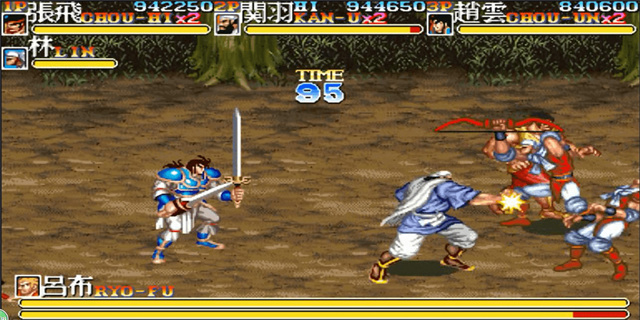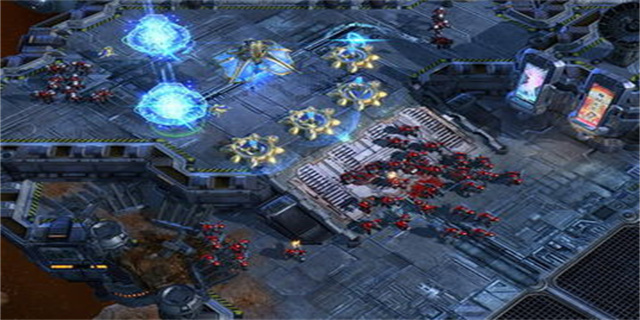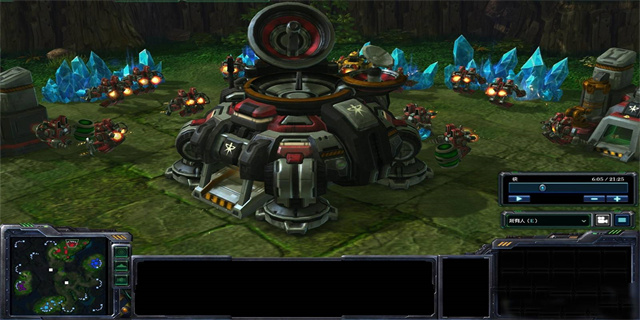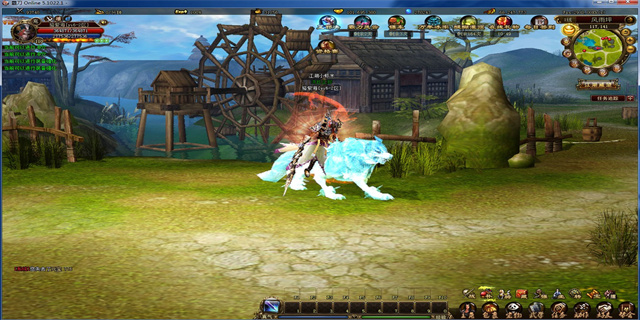Portraiture and the Art of Skin Retouching
Introduction
In the world of portraiture, capturing the essence of a person and highlighting their unique features is of utmost importance. However, the desire for perfection has led to the increased use of skin retouching techniques, even in professional photography. This article delves into the art of skin retouching in portraiture, exploring its origins, techniques, and ethical considerations.

The Origins of Skin Retouching
Skin retouching is not a recent development. In the early days of photography, artists would manually retouch photographs using various techniques such as pencil or paint. This labor-intensive process aimed to create a flawless representation of the subject, removing imperfections, scars, and wrinkles. As technology progressed, digital imaging software, such as Adobe Photoshop, made the process more accessible and efficient.

The Techniques of Skin Retouching
The techniques used in skin retouching vary depending on the desired outcome and the artist's style. However, there are a few commonly used techniques that have become the industry standard.
1. Frequency Separation
Frequency separation is a popular technique used by many retouchers to address both texture and color in skin retouching. It involves separating the high-frequency details, such as wrinkles and blemishes, from the low-frequency color and tone information. This allows for targeted adjustments without sacrificing the overall texture of the skin.
2. Dodge and Burn
Dodge and burn is a technique borrowed from traditional darkroom processes. It involves selectively lightening and darkening areas of an image to create more depth and dimension. In skin retouching, this technique is used to enhance contours, highlight features, and even out skin tones.
3. Healing and Cloning Tools
Healing and cloning tools are often used for smaller imperfections, such as pimples or small scars. These tools allow the retoucher to seamlessly blend pixels from surrounding areas to hide the imperfections.
Ethical Considerations in Skin Retouching
While the advancements in digital retouching have made it easier than ever to achieve flawlessness in portraiture, it raises several ethical considerations. The line between enhancing natural beauty and creating an unrealistic representation of a person can be easily blurred.
1. Realistic Expectations
Retouchers must strike a balance between maintaining realistic expectations and enhancing natural beauty. It is crucial to ensure that the final image still captures the essence and unique features of the subject without altering their identity.
2. Consent and Authenticity
Obtaining consent and maintaining authenticity are vital in the process of skin retouching. The subject's consent must be sought, and their preferences considered during the retouching process. Additionally, it is essential to create a final image that still portrays the individual accurately, without giving a false impression of their appearance.
3. Encouragement of Diversity
Excessive skin retouching can contribute to the perpetuation of unrealistic beauty standards. It is crucial for artists and retouchers to celebrate diversity and embrace the uniqueness of each individual, rather than conforming to an idealized standard of beauty.
Conclusion
Skin retouching is a fundamental aspect of modern portraiture, enabling artists to highlight the best features of their subjects. However, it is crucial to approach this technique with caution and an ethical mindset. By striking a balance between enhancement and authenticity, artists can create timeless portraits that celebrate the natural beauty and diversity of individuals.



























